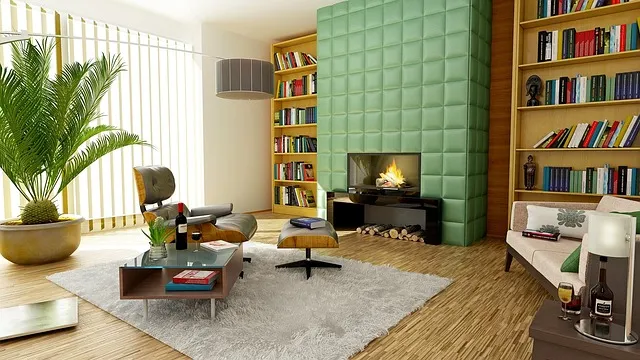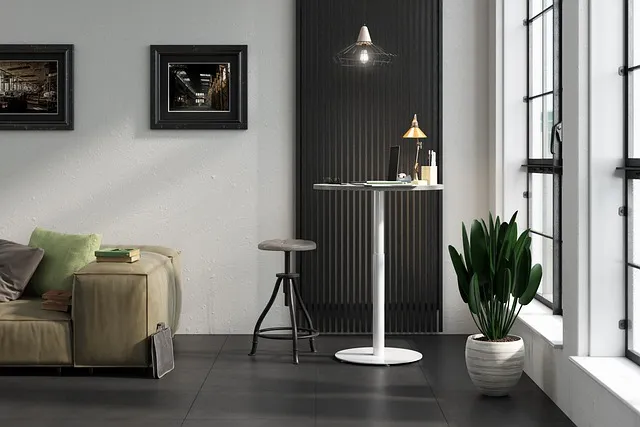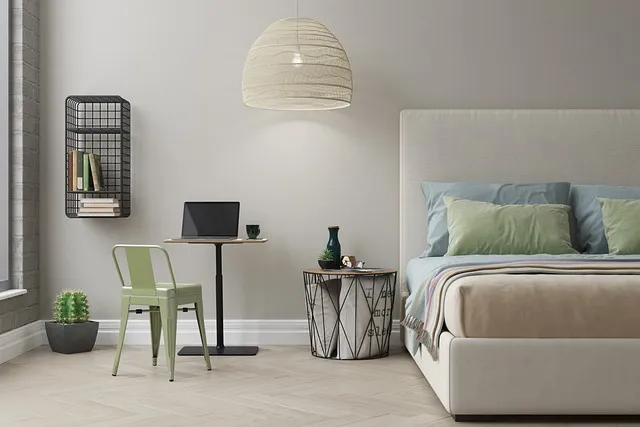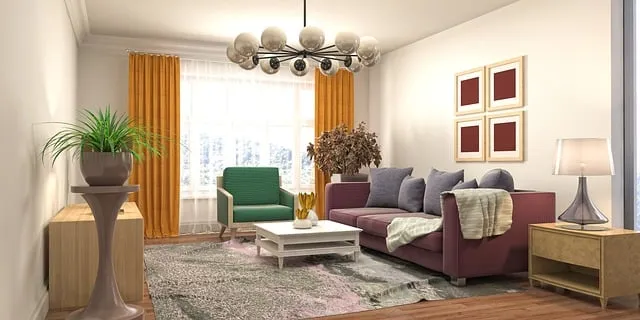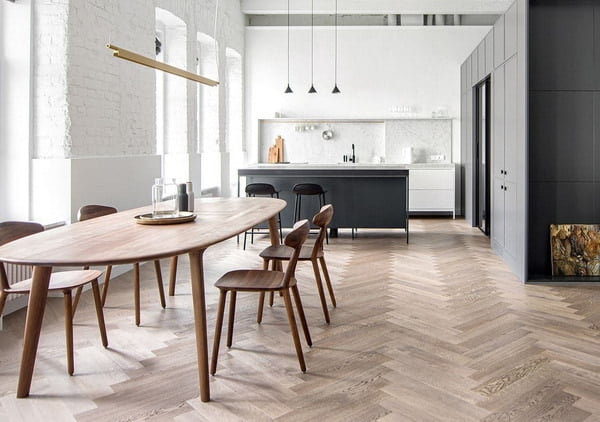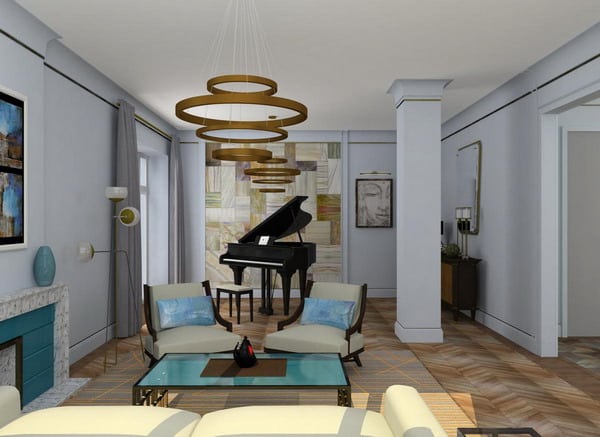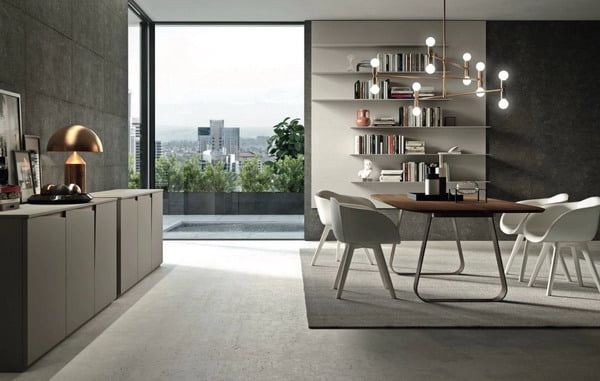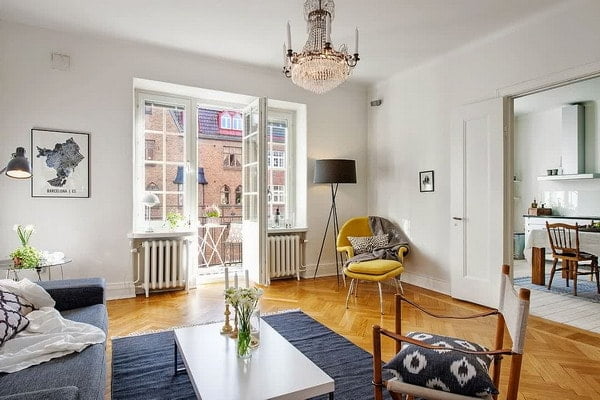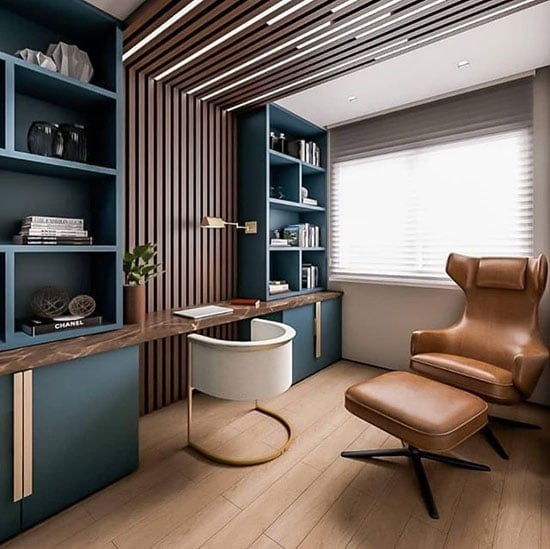Minimalist Design Trends 2026: Embrace the Future of Simplicity
Last Updated on June 11, 2024 by zeidqi
Minimalist design has long been a beloved approach for its simplicity and elegance. As we look towards 2026, understanding the evolving trends in minimalist design becomes crucial for staying ahead in the design world. This post delves into the anticipated minimalist design trends that will shape minimalist aesthetics in the coming years. We’ll explore how minimalism is adapting to new technologies, environmental concerns, and changing lifestyles, providing insights and practical tips for designers and homeowners alike.
The Evolution of Minimalist Design
Minimalist design originated in the mid-20th century, influenced by movements like Bauhaus and De Stijl, which emphasized functionality, simplicity, and the use of basic geometric forms. Over the decades, minimalism has evolved, adapting to technological advancements and cultural shifts while maintaining its core principles of simplicity and functionality.
In the 1980s and 1990s, minimalist design saw a resurgence, particularly in architecture and interior design, characterized by clean lines, open spaces, and a limited color palette. The turn of the century brought further refinements, with a focus on decluttering and creating serene, calming environments. Today, minimalism is not just an aesthetic choice but a lifestyle philosophy that promotes sustainability, mindfulness, and a connection to nature.
Predicted Minimalist Design Trends for 2026
As we look towards 2026, several key trends are emerging in the world of minimalist design. These trends reflect broader societal changes, including a growing emphasis on sustainability, technological integration, and the need for multifunctional living spaces.
Sustainable Minimalism
Environmental concerns are increasingly influencing design choices, and minimalist design is no exception. Sustainable minimalism emphasizes the use of eco-friendly materials and practices, aiming to reduce environmental impact while maintaining a clean, uncluttered aesthetic. Expect to see more recycled and upcycled materials, as well as sustainably sourced wood and natural fibers.
Designers are also focusing on energy efficiency, incorporating features such as solar panels, energy-efficient lighting, and smart home systems that optimize energy use. This trend is not only about materials and technologies but also about promoting a lifestyle that values quality over quantity, encouraging consumers to invest in durable, long-lasting pieces rather than disposable items.
Technological Integration
The integration of technology into minimalist design is becoming more seamless, with smart home devices designed to blend effortlessly into minimalist interiors. In 2026, we will see an increase in technology that enhances the minimalist experience without drawing attention to itself.
Smart home features such as automated lighting, climate control, and security systems are becoming standard in minimalist homes. These technologies are often hidden or integrated into the design, ensuring they do not disrupt the clean, uncluttered look. Voice-activated assistants, invisible speakers, and wireless charging stations are examples of how technology can be incorporated subtly into minimalist spaces.
Color Trends
Color trends in minimalist design are shifting towards more earthy and neutral tones, creating serene and calming environments. In 2026, muted greens, soft browns, and various shades of beige will dominate the minimalist palette. These colors are chosen for their calming effects and their ability to create a sense of harmony and balance.
Understanding color psychology is crucial in minimalist design, as the right colors can enhance the feeling of space and tranquility. Designers are also experimenting with monochromatic schemes and subtle variations in tone to add depth and interest without overwhelming the senses.
Multifunctional Spaces
As urban living spaces become smaller, the need for multifunctional furniture and adaptable room layouts is increasing. Minimalist design in 2026 will prioritize flexibility and practicality, with furniture that serves multiple purposes and spaces that can be easily reconfigured.
Examples of multifunctional furniture include foldable desks, convertible sofas, and modular storage units. These pieces are designed to maximize space and functionality, allowing residents to adapt their homes to different activities and needs. For instance, a living room might transform into a home office during the day and a relaxation area in the evening, all within a minimalist framework.
Natural Elements
Incorporating natural materials like wood, stone, and plants will continue to be a major trend in minimalist design. Biophilic design principles, which emphasize the connection between humans and nature, will play a significant role in creating spaces that foster well-being and tranquility.
Natural textures and organic shapes are being used to add warmth and character to minimalist interiors. Indoor gardens, green walls, and large windows that bring in natural light are examples of how designers are integrating nature into their projects. This trend not only enhances the aesthetic appeal of a space but also promotes a healthier, more balanced lifestyle.
Minimalist Architecture
Minimalist architecture in 2026 will focus on the innovative use of space, light, and materials. Architects are exploring new ways to create functional, aesthetically pleasing spaces that reflect the principles of minimalism.
Large windows, open floor plans, and the use of raw materials such as concrete, glass, and steel will define minimalist structures. These elements create a sense of openness and flow, allowing natural light to penetrate deep into the interior. Minimalist architecture often emphasizes the relationship between the building and its surroundings, creating seamless transitions between indoor and outdoor spaces.
Case Studies and Examples
To illustrate these trends, let’s explore some real-world applications of minimalist design. From innovative homes to forward-thinking commercial spaces, these examples showcase the best of minimalist design in action.
Eco Minimalist Home, California
The Eco Minimalist Home in California combines sustainable materials with smart home technology. This project features solar panels, energy-efficient windows, and a rainwater harvesting system, all integrated into a sleek, minimalist design. The interior uses recycled wood and natural fibers, creating a warm, inviting space that is both functional and environmentally friendly.
Urban Micro-Apartments, New York
Urban Micro-Apartments in New York highlight the trend of multifunctional spaces. These compact living units are designed to maximize space efficiency, with foldable furniture, modular storage solutions, and adaptable room layouts. Despite their small size, these apartments feel spacious and airy, thanks to clever design choices and a minimalist aesthetic.
Minimalist Office, Tokyo
The Minimalist Office in Tokyo demonstrates how minimalist principles can be applied to commercial spaces. This office features an open floor plan, clean lines, and a neutral color palette, creating a calm, productive environment. Natural light floods the space through large windows, and the use of natural materials such as wood and stone adds warmth and texture.
Practical Tips for Embracing Minimalist Design
Whether you’re a seasoned designer or a homeowner looking to revamp your space, these tips will help you incorporate minimalist principles effectively:
- Start with Decluttering: Eliminate unnecessary items to create a clean, open space. Focus on keeping only what is essential and brings joy or functionality to your life.
- Choose Quality Over Quantity: Invest in high-quality, multifunctional furniture that will last. Look for pieces that serve multiple purposes and can adapt to different needs.
- Incorporate Natural Elements: Use plants, wood, and stone to bring a touch of nature indoors. These materials add warmth and texture to a minimalist space, creating a more inviting environment.
- Opt for Neutral Colors: Stick to a neutral color palette to create a calm and cohesive look. Use variations in tone and texture to add interest without overwhelming the senses.
- Embrace Technology: Integrate smart home devices that enhance functionality without disrupting the minimalist aesthetic. Look for technology that blends seamlessly into the design, such as hidden speakers and wireless charging stations.
- Focus on Functionality: Ensure that every element in your space has a purpose. Avoid decorative items that serve no practical function, and prioritize pieces that contribute to the overall functionality and flow of the space.
- Create Open Spaces: Design with open floor plans and large windows to allow natural light to penetrate deep into the interior. This creates a sense of openness and flow, making the space feel larger and more inviting.
- Maintain Simplicity: Keep your design simple and uncluttered. Avoid overcomplicating the space with too many details or accessories. Focus on clean lines and a cohesive aesthetic.
Avoid common pitfalls such as overcrowding a space or using overly bold colors that clash with the minimalist vibe. Instead, focus on simplicity and functionality to create a space that is both beautiful and practical.
As we move towards 2026, minimalist design continues to evolve, offering new and exciting possibilities. From sustainable materials to smart technology, the future of minimalist design is bright and full of potential. By staying updated with these trends, you can ensure your designs remain relevant and forward-thinking. Embrace the minimalist movement and create spaces that are not only aesthetically pleasing but also functional and sustainable.
Minimalism is more than just a design trend; it’s a lifestyle that promotes mindfulness, sustainability, and a connection to nature. By incorporating these principles into your home or workspace, you can create environments that enhance well-being and productivity, reflecting the best of what minimalist design has to offer.

